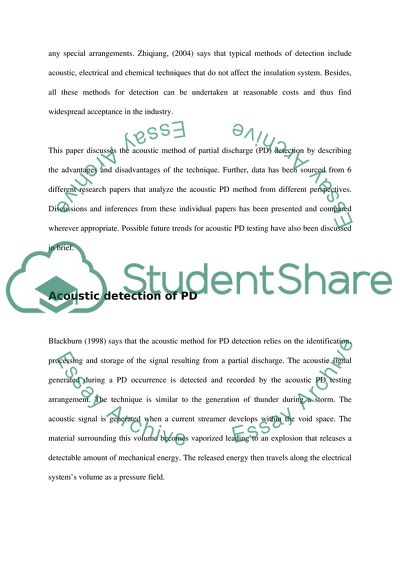Cite this document
(Acoustic Method for Detecting Partial Discharge Coursework - 1, n.d.)
Acoustic Method for Detecting Partial Discharge Coursework - 1. https://studentshare.org/science/1749551-condition-monitoring
Acoustic Method for Detecting Partial Discharge Coursework - 1. https://studentshare.org/science/1749551-condition-monitoring
(Acoustic Method for Detecting Partial Discharge Coursework - 1)
Acoustic Method for Detecting Partial Discharge Coursework - 1. https://studentshare.org/science/1749551-condition-monitoring.
Acoustic Method for Detecting Partial Discharge Coursework - 1. https://studentshare.org/science/1749551-condition-monitoring.
“Acoustic Method for Detecting Partial Discharge Coursework - 1”. https://studentshare.org/science/1749551-condition-monitoring.


